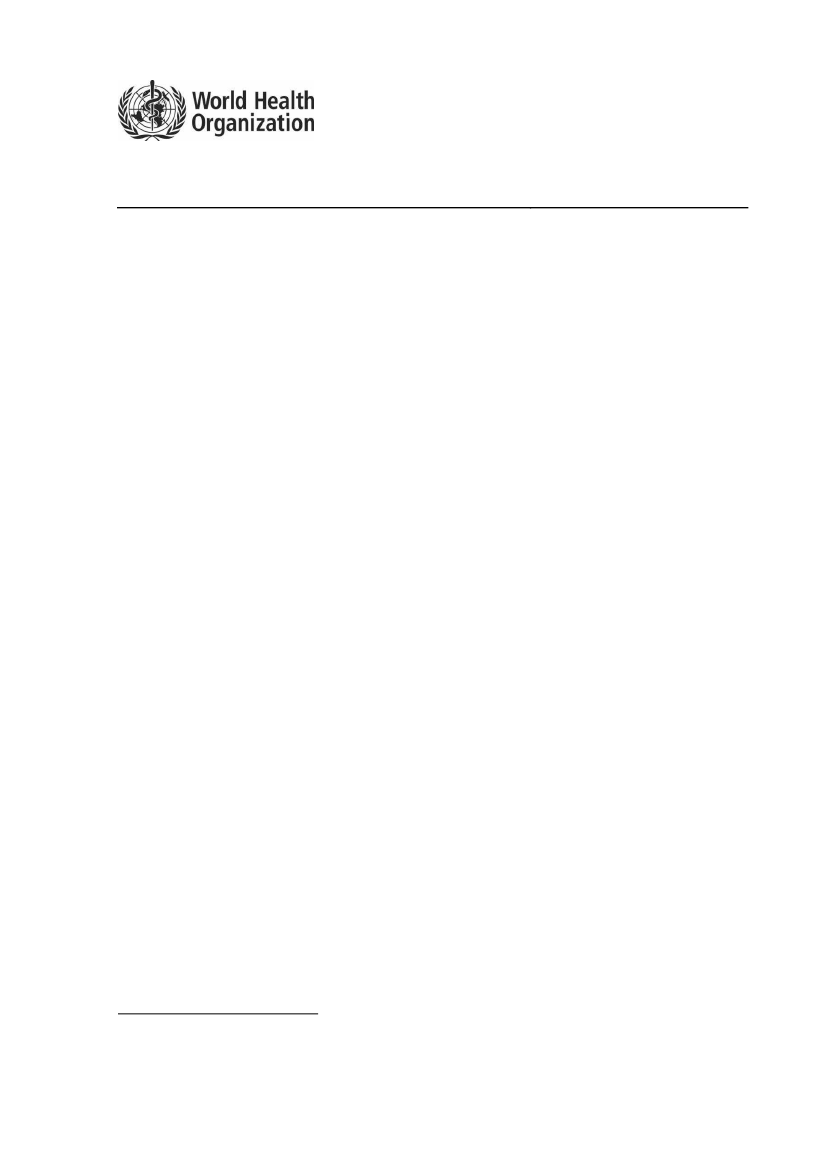
SIXTY-NINTH WORLD HEALTH ASSEMBLY
Provisional agenda item 14.3
A69/23
22 April 2016
Smallpox eradication: destruction of
variola virus stocks
Report by the Secretariat
1.
The Executive Board at its 138th session noted an earlier version of this report.
1
The version of
the report that follows has been updated (paragraphs 6, 7 and 13–19).
2.
This document reports on work undertaken by the Secretariat in preparation for the Sixty-ninth
World Health Assembly. It summarizes the conclusions of the Independent Advisory Group on Public
Health Implications of Synthetic Biology Technology Related to Smallpox, which was established at
the request of Member States and met in Geneva at the end
of June 2015. It reports on the WHO’s
biosafety inspections of the two variola virus repositories in 2014–2015. It also summarizes the work
being carried out on the operational framework for access to WHO’s smallpox vaccine stockpile and
the conclusions of the WHO Advisory Committee on Variola Virus Research (Geneva, 12 and
13 January 2016).
SECRETARIAT ACTIONS
Independent Advisory Group on Public Health Implications of Synthetic Biology
Technology Related to Smallpox
3.
At the Sixty-seventh World Health Assembly, in May 2014, WHO was requested to provide
additional information to the Health Assembly on the use and potential impact of technologies for
synthetic biology on smallpox preparedness and control, to assist the Health Assembly in its
deliberations on the timing of the destruction of existing variola virus stocks.
2
4.
In response to that request, the Secretariat convened a meeting of a group of experts
–
the
Independent Advisory Group on Public Health Implications of Synthetic Biology Technology Related
to Smallpox
–
to provide an up-to-date assessment of technologies for synthetic biology and their
potential impact on smallpox preparedness and countermeasure development.
See document EB138/22 and the summary record of the Executive Board at its 138th session, seventh meeting,
section 2 (document EB138/2016/REC/2).
2
1
See document WHA67/2014/REC/3, summary record of the twelfth meeting of Committee A, section 8.